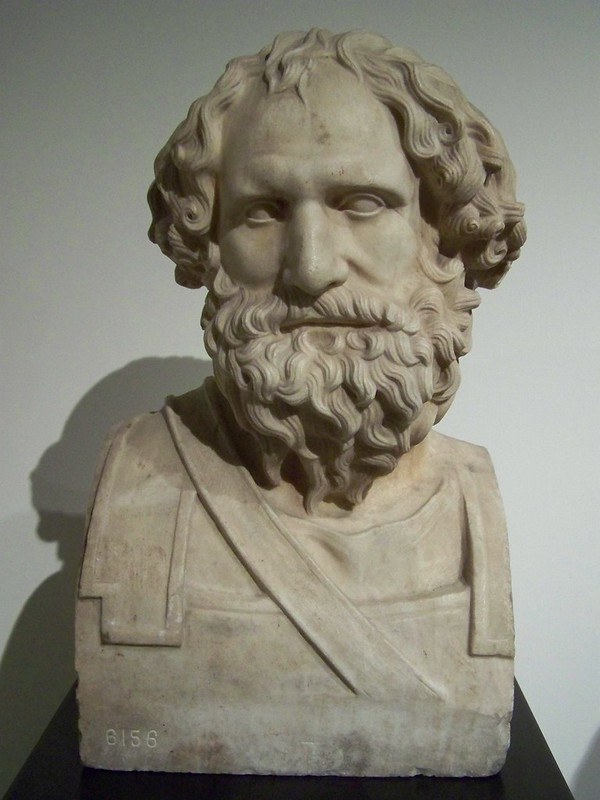Quick facts about Archimedes
| Born | About 287 BC in Syracuse, Sicily. At the time Syracuse was an independent Greek city-state with a 500-year history. |
| Died | 212 or 211 BC in Syracuse when it was being sacked by a Roman army. He was killed by a Roman soldier who did not know who he was. |
| Education | Probably studied in Alexandria, Egypt, under the followers of Euclid. |
| Family | His father was an astronomer named Phidias and he was probably related to Hieron II, the king of Syracuse. It is not known whether he was married or had any children. |
| Inventions | Many war machines used in the defense of Syracuse, compound pulley systems, planetarium, water screw (possibly), water organ (possibly), burning mirrors (very unlikely). |
| Fields of Science Initiated | Hydrostatics, static mechanics, pycnometry (the measurement of the volume or density of an object). He is called the “father of integral calculus” and also the “father of mathematical physics”. |
| Major Writings | On plane equilibriums, Quadrature of the parabola, On the sphere and cylinder, On spirals, On conoids and spheroids, On floating bodies, Measurement of a circle, The Sandreckoner, On the method of mechanical problems. |
| Place in History | Generally regarded as the greatest mathematician and scientist of antiquity and one of the three greatest mathematicians of all time (together with Isaac Newton(English 1643-1727) and Carl Friedrich Gauss(German 1777-1855)). |
 | A statue in the National Archaeological Museum of Naples (Naples, Italy) widely claimed to represent Archimedes. It actually is a bust of Archidamos III, a fourth-century BC king of Sparta. |
This section is a virtual book about Archimedes, who is widely regarded as the greatest mathematician and scientist in antiquity. Here I have compiled knowledge about Archimedes’ inventions, the numerous fields of science and mathematics he created, discussions of many of his finished works—and my own research that extends and applies Archimedean principles to 21st century problems. I created this section in 1995, and it has been under continual development and expansion since then.
